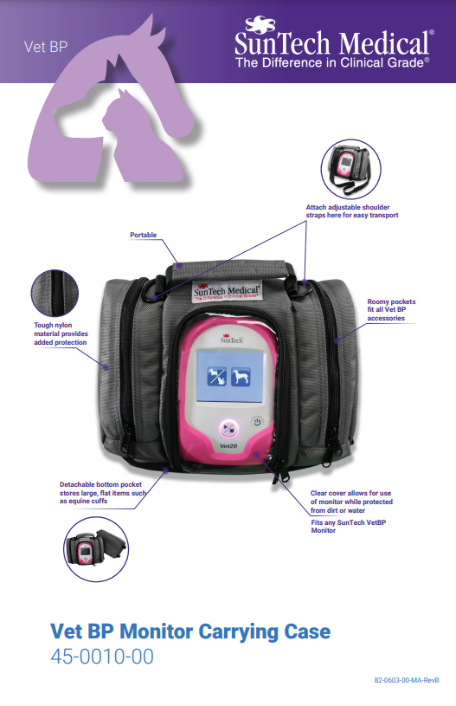![]()
Blog @ SunTech
Advice from the BP Measurement Experts
Center for Medicare and Medicaid Services Reconsidering ABPM Reimbursement and Coverage

Reimbursement for ABPM is currently only available for suspected white-coat hypertension in the US. Providers are required to obtain 6 high measurements across 3 patient visits in addition to 2 normal out of office readings to qualify the procedure for reimbursement. This barrier has led to ABPM being chiefly absent from primary care practices. Since most hypertension management is done at the primary care level, Americans have largely missed out on a diagnostic tool recommended by the American Heart Association and used worldwide in the diagnosis and management of hypertension.
We’ve previously discussed that despite growing scientific evidence that ABPM is a useful and effective diagnostic tool, the US is lagging behind other countries in the use of ABPM due to the current reimbursement environment. That may be about to change as CMS has said it will consider the AHA and AMA’s letter, which can be found here on the CMS website. A provisional decision is expected in April 2019 with a formal release of any changes made in July 2019.
The letter has been followed by support in the form of comments on the proposal at the CMS website here. The CMS are accepting comments on the proposals until November 8th so make your voice heard!
What Does the Letter Say?
Costs of Cardiovascular Disease
Cardiovascular disease (CVD) is enormously costly. Direct medical costs for CVD are some of the most expensive in the healthcare industry, exceeding expenditures for other costly diseases like Alzheimer’s and diabetes. In 2016, CVD cost the United States $555 billion including $318 billion in direct medical costs and another $237 billion in indirect costs (e.g. lost work productivity). A more accurate diagnosis of hypertension can prevent hospitalizations, overtreatment, and other costly CVD-related outcomes, both direct and indirect, ultimately saving important resources for Medicare.
ABPM Use Supported by Research
A large body of evidence amassed since CMS last reviewed this benefit supports ambulatory blood pressure monitoring (ABPM) as an effective diagnostic tool to correctly diagnose HBP/hypertension. CMS’s decision to cover ABPM for cases of suspected white-coat hypertension was made in 2001; minor modifications specifying that a physician must review the ABPM data were made in 2003. In the fifteen years since, researchers have devoted considerable research to ascertaining the diagnostic value of ABPM and found it to be an effective, evidence-based tool in circumstances beyond suspected White-Coat Hypertension.
ABPM as a Means to Prevent Overtreatment
Because of its superior effectiveness, ABPM can help prevent overtreatment stemming from misdiagnosis of hypertension. This is especially important among older adults. In one study, ABPM revealed around one third of elderly patients receiving hypertension treatment were at risk for hypotension, and more than half of patients were actually hypotensive.
Predictive and Preventive Capabilities of ABPM
Ambulatory blood pressure is an important predictor of a number of health outcomes and, as such, ABPM presents an effective preventive tool for clinicians and patients. Target organ damage (TOD) due to hypertension can affect the heart, kidneys, and brain and increase risk of negative health outcomes including heart failure and myocardial infarction, renal failure, and stroke. ABPM is a better predictor of TOD than office based BPM.
ABPM use in Clinical Practice
Despite the evidence, in surveys, many clinics and clinicians report a lack of access to ABPM and, perhaps because of this, many physicians report not having used ABPM to confirm hypertension diagnosis. Providers reported difficulty accessing testing centers and the cost of ABPM as the primary barriers for implementing ABPM.
Interested in getting more SunTech news, product info, as well as
tips, tricks, and insights from BP experts?
Sign up to get fresh content delivered direct to your inbox.



